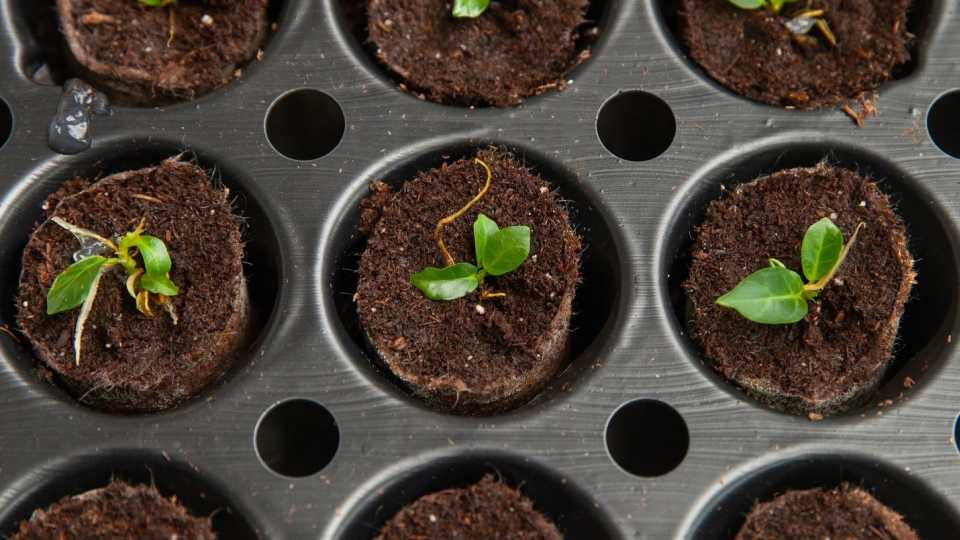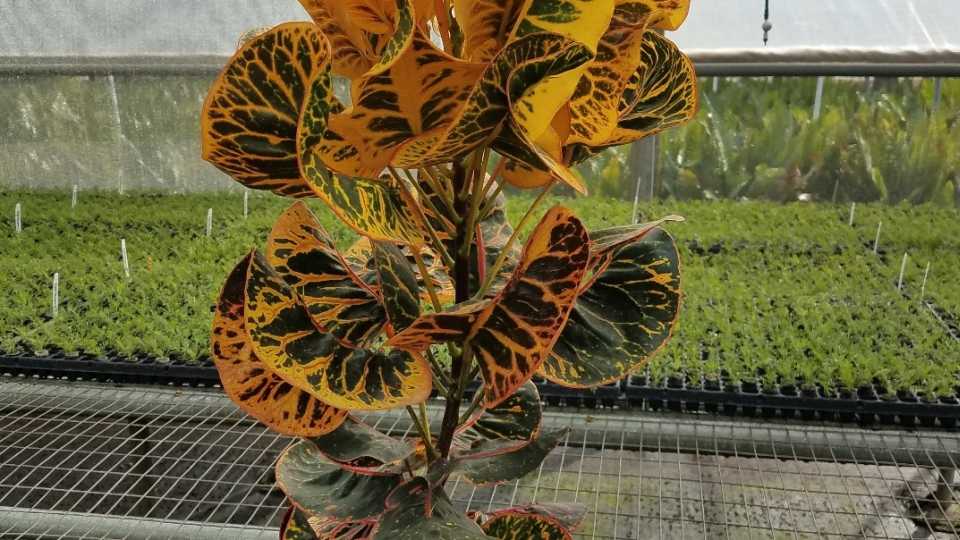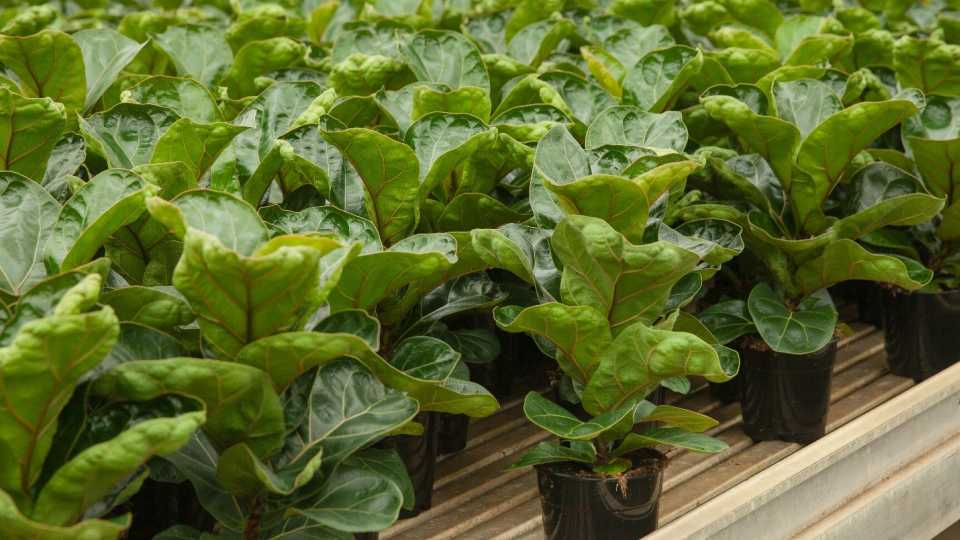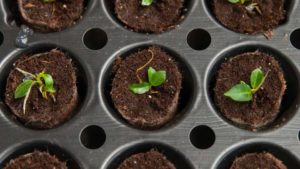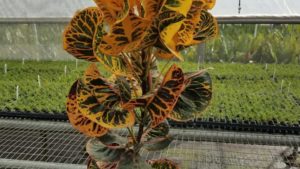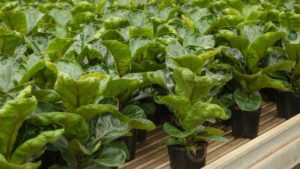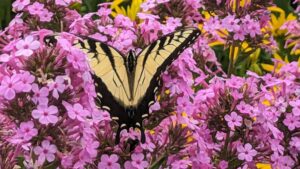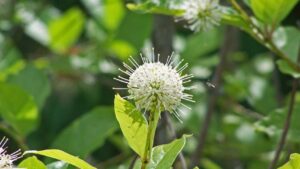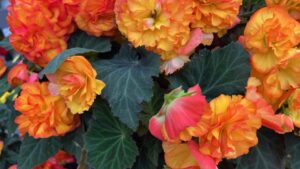How Do I Evaluate New Tropical and Foliage Plant Varieties?
When adding a new variety of a tropical plant or foliage plant to your production lineup, how are you determining its suitability for your company?
I talked with some well-versed tropical and foliage plant specialists on how they assess the new and exciting introductions available to growers.
Genetics Should Be First Focus
Finding new introductions with improvements to current genetics or unique attributes leads the search for the right variety. ForemostCo uses customer feedback to create a large selection of plants to trial throughout its stock production facilities in Costa Rica, Guatemala, and the U.S. to determine if the yields and qualities are worth pursuing for its customers.
“Working closely with your customers to understand what the challenges are on existing genetics in the market ultimately drives the factors used to determine what new variety selections are made,” says Andrew Britten, Products Development Manager at ForemostCo, Inc.
Regional issues can play a large role in these decisions. Many tropical and foliage plants are being produced in southern areas to drastically reduce grow times and inputs, like heat and supplemental lighting, then they are shipped to northern customers.
“Especially with tropicals, we must consider how well they will produce at certain temperatures and light levels to create a better result at the customer end,” Britten says.
Leading Growers Offer Top Considerations
Deroose Plants, which originally produced only bromeliads, has worked with collectors and breeders throughout the world for many years to provide improvements on existing bromeliad varieties such as new colors and combinations, plant shape and compactness, and better shelf life.
“Ultimately, what we look for in bromeliads, or tropical plants, or foliage is something producible, that looks different from what is out there, and is not fragile,” says Paul Deroose, Owner of Deroose Plants.
Today, Deroose Plants has three established companies in China, Belgium, and the U.S. When a new variety looks promising, it will be introduced into its lab in-vitro, then sent to close-relationship growers in each region for a small test program to grow and finish the product for performance results and future production advisement.
“We focus on industry trends and targeted market research to guide our focus as we create new product offerings or adjust existing products,” says Devin Eicher, Product Development Manager at Green Circle Growers.
Other considerations are imperative to ensure reliable shipping to retailers and across e-commerce channels. Green Circle Growers determines if plants are ethylene sensitive, drought tolerant, and easy to care for, as well as if they fit with packaging models and brand strategies.
“From a financial and costing standpoint, we evaluate the cost of new plants and any technology investments needed to grow it,” says Corwin Graves, Head Grower at Green Circle Growers.
Graves adds that Green Circle looks for a suitable, high-quality supply to continue to produce a well-performing plant consistently for its customers. It also looks for plants that can be shipped through the cold chain and arrive undamaged by low temperatures, and for ones that have a consistent shelflife with other plants in its mix.
Green Circle Growers also uses consumer feedback through surveys and direct requests that come through social media, email, and retailers who interact with shoppers.
“We make sure it fits within our brands, our market, and our production methods,” says Content Manager Caitlin Fisher, on evaluating new variety introductions. “If there is high demand for an item within one of our brands, we evaluate its potential and do our best to add it to the product assortment.”




